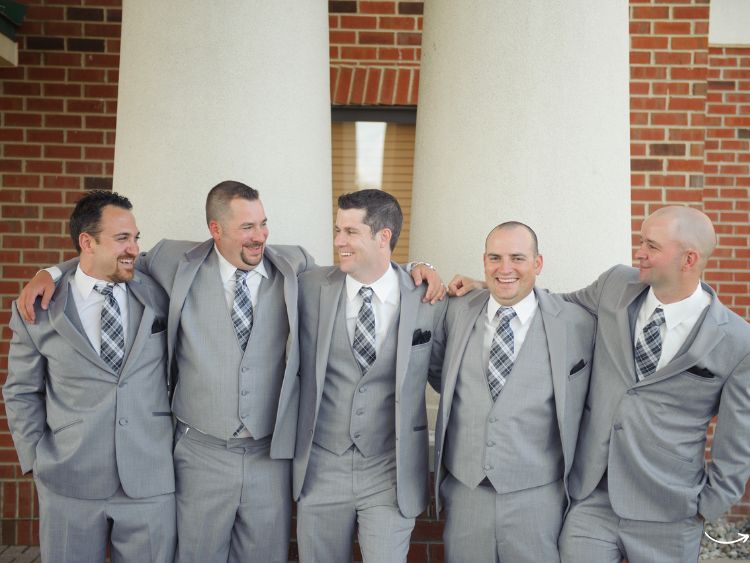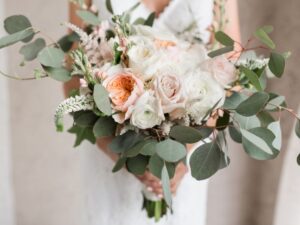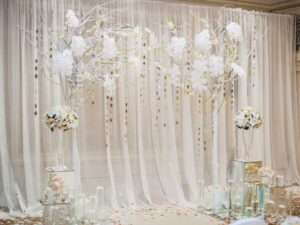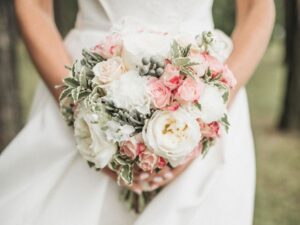Black Tie Dress Code: Navigating the World of Formal Elegance
When it comes to formal events, nothing sets the tone quite like a black-tie dress code. Whether you’re attending a glamorous gala, a sophisticated wedding, or an elegant evening soiree, understanding and adhering to this dress code is key to making a lasting impression. But what exactly does “black tie” entail, and how can you ensure you’re dressed to impress? Let’s dive into the intricacies of the black tie dress code, explore its history, and provide some practical tips on how to nail it every time.
Understanding the Black Tie Dress Code
The black tie dress code is a hallmark of formal elegance, representing a standard of dress that has been revered for centuries. It’s all about sophistication, tradition, and attention to detail. But what does this mean for your wardrobe?
For Men: A black tie event for men traditionally means a black tuxedo. This classic ensemble includes a black or midnight blue dinner jacket, matching trousers, a formal white dress shirt, a black bow tie, and black patent leather shoes. The jacket should have a single button, and the trousers should be without cuffs. Accessories like cufflinks, a black formal belt, and a pocket square add a touch of personal style without deviating from the formal aesthetic.
For Women: The black tie dress code offers women a bit more flexibility, yet the expectation remains for a high level of formality. Women typically wear long evening gowns or formal cocktail dresses. Gowns should be floor-length, elegant, and made from luxurious fabrics such as silk, velvet, or satin. High heels are the standard footwear choice, and accessories should be kept tasteful—think diamond earrings or a simple clutch.
The History Behind Black Tie
Understanding the origins of the black tie dress code helps to appreciate its significance. The black tie tradition dates back to the late 19th century when the Prince of Wales, later King Edward VII, popularized the dinner jacket as a less formal alternative to the tailcoat. This shift was part of a broader trend towards more relaxed evening wear while maintaining a standard of elegance.
The black tie dress code gained popularity throughout the 20th century, becoming the go-to attire for formal evening events. Today, it remains a symbol of timeless sophistication, with men and women alike adhering to this sartorial tradition at countless events worldwide.
Key Elements of a Black Tie Ensemble
When preparing for a black-tie event, attention to detail is crucial. Here’s a breakdown of the key elements you need to consider:
- The Tuxedo: For men, the tuxedo is the cornerstone of the black-tie dress code. Opt for a well-tailored tuxedo in either black or midnight blue. The jacket should have peaked or shawl lapels, and the trousers should match the jacket in both color and fabric.
- The Dress Shirt: A crisp white dress shirt with a wing or turndown collar is essential. The shirt should have a pleated front and be made from high-quality cotton.
- The Bow Tie: A black silk bow tie is the only acceptable neckwear for a black-tie event. While pre-tied bow ties are available, a self-tied bow tie adds a touch of authenticity.
- Footwear: Men should wear black patent leather shoes, while women can choose elegant high heels or formal flats. The shoes should complement the rest of the outfit.
- Accessories: Cufflinks, a pocket square, and a formal belt are must-haves for men. Women should opt for minimalistic yet classy jewelry, such as pearl earrings or a delicate bracelet.
- The Gown: Women’s gowns should be floor-length and crafted from luxurious materials. Avoid overly flashy or avant-garde designs—simplicity and elegance are key.
Modern Interpretations and Flexibility
While the traditional black tie dress code is steeped in history, modern interpretations have introduced a bit of flexibility. Some events may allow for a “creative black tie,” where men might wear a tuxedo with a colored bow tie or women might opt for a chic, high-fashion dress that still adheres to the overall formality. However, it’s important to err on the side of caution—when in doubt, sticking to classic black tie attire is always the safest bet.
Creative Black Tie for Men:
- Velvet dinner jackets in deep jewel tones.
- Patterned bow ties or pocket squares.
- Loafers or monk strap shoes instead of traditional patent leather.
Creative Black Tie for Women:
- Dresses with asymmetrical hemlines or interesting textures.
- Bold statement jewelry that still complements the overall look.
- Incorporating metallic elements, like a gold belt or silver clutch.
Common Misconceptions About Black Tie
Despite its long history, the black tie dress code is often misunderstood. Here are some common misconceptions:
- Misconception 1: Black tie means wearing any black clothing.
- Reality: Black tie specifically refers to a tuxedo for men and a formal evening gown for women. It’s not just about wearing black.
- Misconception 2: You can wear a regular suit instead of a tuxedo.
- Reality: A suit, no matter how formal, doesn’t meet the requirements of a black tie event. A tuxedo is a must.
- Misconception 3: It’s acceptable to skip the bow tie.
- Reality: The bow tie is a defining feature of black tie attire. Skipping it makes your outfit incomplete.
- Misconception 4: Women can wear short dresses.
- Reality: While there’s some flexibility, the standard is a long evening gown. Short dresses are generally reserved for less formal occasions.
Dressing for Specific Black Tie Events
Not all black tie events are the same. Here’s how to tailor your outfit based on the occasion:
Black Tie Weddings: Weddings often allow for slightly more personal expression. Women can choose gowns in a wider range of colors, and men might add a personal touch, such as a boutonnière.
Black Tie Galas: These events are typically very formal. Stick to classic styles, and avoid anything too trendy or avant-garde.
Black Tie Optional: If an event is labeled as black tie optional, it’s still a good idea to wear a tuxedo or a formal gown. However, men might have the option of wearing a dark suit instead.
FAQs About the Black Tie Dress Code
Q: Can I wear a long black dress to a black tie event?
- Absolutely! A long black dress is a timeless choice for women attending a black-tie event.
Q: What is the difference between black tie and white tie?
- White tie is even more formal than black tie and includes a tailcoat for men and more elaborate evening wear for women.
Q: Can I wear a tuxedo with a colored bow tie to a black tie event?
- It depends on the event. For a traditional black tie, stick to a black bow tie. For creative black tie events, a colored bow tie might be acceptable.
Q: Are there any specific fabrics I should choose for a black tie gown?
- Yes, opt for luxurious fabrics like silk, satin, velvet, or chiffon. These materials convey the formality and elegance required for a black tie event.
Q: Can women wear pants to a black tie event?
- While traditional gowns are the norm, some fashion-forward women choose to wear a tailored pantsuit or jumpsuit. Make sure it’s formal and made from high-quality materials.
Conclusion: Mastering the Black Tie Dress Code
Understanding and adhering to the black tie dress code is essential for anyone attending a formal event. This code is more than just a guideline—it’s a tradition that upholds the values of sophistication, elegance, and respect for the occasion. By following the tips and insights provided in this article, you’ll not only meet the expectations of the black tie dress code but also make a lasting impression wherever you go.
For more information on black tie attire and formalwear, consider these authoritative sources:
Remember, when it comes to black tie, it’s always better to be slightly overdressed than underdressed. So, put on your best tuxedo or evening gown, and step into the event with confidence and style!



